I began my teaching career in private schools in wealthy neighborhoods. In 1984, I changed to the public sector, however, and started to teach in the inner city. Both violence and vandalism were prevalent in my first public school.
I heard that a co-worker had murdered a cafeteria attendant while she was closing out the cash register. Over time, twenty-six of the teachers’ cars were stolen. Unfortunately, this made it necessary to turn the handball court into a parking lot. The teachers chipped in to pay for a private security guard. One weekend, an execution style murder took place in the adjacent play yard. One of the victims was my student’s brother.
After I left the school, I was told that one of my students was part of a notorious criminal group. They robbed and murdered livery cab drivers for years. Still, despite these events, teachers lovingly worked with more than 2,000 students, most of whom were victims of their environment.
Those were the days before I developed my metaphysical beliefs of design or even thoughts of writing a book. I had only one thought, based on gut instinct . That was that everything we see affects us. So I immediately started using décor to ameliorate the situation. I observed the relationship between the aura of violence and the effect it had on the behaviors of those who shared this public space. I call this space the bureaucratic community.
The Physical Environment
For starters, graffiti was everywhere, especially on desks, floors and walls. Wads of gum were stuck on any and every surface. The hall walls were pitted with holes, some the size of basketballs. Students on break would sometimes find a crack in the plaster and start to continuously pick at it.
There was an opening in the ceiling of the students’ cafeteria where pigeons roosted. For the various agencies in charge of décor and repair, the wheels of bureaucracy moved slowly. Consequently, objects and spaces in the school were always in a state of disrepair or decay. In the latter case, the pigeons flew over the students for over two years as they lunched.
Observing Clean-up Behaviors
The first thing I noticed was how the custodians dealt with the large and prolific graffiti on the walls. I love graffiti yet this was not beautiful art. Rather, it consisted of ugly lines done in black or red markers known as “tagging.” The custodians painted over the tags with whatever paint was available. Also, they rarely used the original color. So the beige wall was a mishmash of large patchworks of blue, orange, brown, and my all time favorite, bright silver.
I observed that whenever the custodians painted with the original beige color, the graffiti stopped for a longer time. This was especially true if the painting was done right away. When the walls were painted in swatches of mismatched color, they invited graffiti vandalism almost immediately. It was almost as if these patches of color indicated that the walls were still “marked “by the vandals and under their dominance.
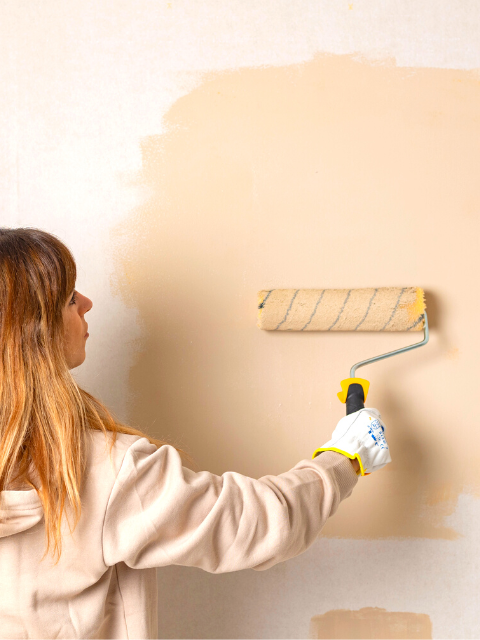
It was then I realized that decorating and vandalism in the public arena were the opposite sides of the same coin. Each was a basic, old-brain need to mark territory. This insight made me realize that if the halls of the school could be reclaimed through decoration, then vandalism could be reduced.
My First Decorating Workshops
I had to first convince my fellow teachers of this discovery, so I started giving workshops in school beautification. In the beginning, I focused on their classrooms, which they loved. Then, I introduced the need to decorate the halls, which they did not care about because of failed experiences. The administration demanded the decoration of hall bulletin boards. Teachers, however, balked at that idea, Doing a hall bulletin board was fruitless, for their work was always being vandalized with markers, blades, or cigarette lighters.[1]
I informed the teachers that the vandalism of these bulletin boards could be stopped if they followed a simple plan based on my observations.
Public and Private Space
I explained that the boards were being attacked because they were considered public space and therefore unclaimed. Applying the principles that I learned from the paint swatches in the hall, I explained the concept that decorating and vandalism were territorial imperatives. To change the behavior of the vandal, the teachers must make it seem as though that space was owned. To prove my point, I gave examples. We do not see graffiti on a car or private house. We do see it on public or semi-public objects like city buses, post offices, schools, storefronts, and delivery trucks.
I believed if all teachers could claim the bulletin board spaces outside of their classrooms, the vandals would begin to leave them alone. If bulletin boards near each other were reclaimed, less vandalism would occur in that area of the hall.
Teachers could control the vandalism on a bulletin board if they did the following:
-
Clean it up immediately.
-
Make it look exactly as it did before the vandal struck.
I warned them the vandal would come back again. When they did, attempting an immediate cleanup job, the frequency of attacks would be less and less. Likewise, a delayed cleanup job (a week or more) would insure the vandal would come back within days.
Time Saving Solutions
The teachers were extremely busy and not prone to doing bulletin boards. To ask them to keep up with constant repairs was difficult, so I offered time-saving solutions. When the teachers prepared the materials, I asked them to make several copies. For example, if the chemistry teacher was presenting a lesson on the periodic table, photocopying extra copies made little difference. The duplicates were kept in the drawer for the vandal’s next strike.
I also showed them the “confetti approach.” After a good quality paper or other educational materials or posters were stapled on the board, additional decorations were applied. I suggested using various pieces of cut paper in different colors and shapes randomly placed in a decorative Matisse-like manner. Again, the strategy was to keep extra copies of the confetti pieces (of the same color and shape) to be used immediately after the board was attacked.
Understanding the Language of Vandalism
I explained the language that exists between the vandal and the decorator. I taught those who attended the workshop how to read it. One message involved recognizing the signs of an imminent attack. A message could be as simple as a bent corner on the background paper or a pen squiggle the size of an ant. I named the squiggle scout-er ant. It was a check by the vandal to determine if the territory was “owned.”
Attending to these small items could stop attacks and decrease their frequency. Another part of the language was to refrain from covering the board in plastic. The administration loved plastic which could offer some protection. Yet it was downright ugly. It also sent a message of fear to the vandal: “We know you are coming.” It served to tell the vandal that the board was not truly claimed.
Last of all, though I had to warn the staff that this formula worked for the most part, other factors could caused vandalism. The timely formula might not operate in certain stressful situations such as exams or upcoming holiday breaks, particularly an impending Christmas vacation. Whatever happened, I told the teachers they should consider these outbursts to be anomalies and continue with their repair efforts.
Proving My Theories Scientifically
I already had statistics showing correlations between the timeliness of cleanup and the decreasing frequency of vandalism in the face of constant repair. I believed that at some point, after consistent cleanup, no vandal would touch that area again.
The chairman of the science department was interested in my theories: “Prove it empirically!” he said. So in November, he gave me a bulletin board that I decorated to represent the four standardized exams in science. I placed questions in biology, chemistry, physics and earth science on the board. I decorated with forty graphics like pictures genes, DNA, chemistry beakers, simple machine diagrams and the strata of the Earth.
Even though I changed the questions periodically, I kept the graphics up on a background of blue paper. Because the area was a major gathering point for students, I got the first hit within a week. Someone wrote their name with a bright orange marker over a graphic of the digestive system. No problem! I kept a few spares. As predicted, the more I addressed the vandalism, the greater the length of time between each attack. The board sustained burns, magic marker tags and rips. Each time I repaired the burns, tags and rips, I took strict notes. I compared the correlation between immediate cleanup and vandalism frequency. It was like being in an ongoing conversation with the vandals.
One Day They Outsmarted Me
One day they got me. Someone took a razor blade and slashed the paper in an arc from the top right to the middle left. I wasn’t sure what to do. I could have covered this large slash with other graphics. That, however, would have given the same message as the custodians’ patchwork painting. My only hope was to pull the whole thing down and replace the background paper before re-adhering the graphics. Such a repair would have been a lot of work and against the teachings I’d given to my fellow teachers.
The next morning, the solution hit me. Haley’s comet was in the news, so I made the slashed ark into a comet with some wired silver garland.
Chaos around the bulletin board continued.In that corner of the hall, students still used large markers to graffiti the patchwork walls and picked at the plaster, creating holes the size of melons.
The closet in a classroom next to my bulletin board was set on fire. During a school dance, some attendees smashed the glass showcases directly on the floor below. But no one touched my bulletin board for the rest of the year or the next.
Everything We See Affects Us
The aesthetics of public space has an effect on all of us. It changes how we feel and behave, even though bureaucracies, rather than the individuals they affect, usually control public space.
Before I left the school eight years later, to go to another inner city school, I had convinced over a third of the teachers to use my system. I never, however, could convince the custodians to stop the patchwork job. In 1991, six years after I left, the school closed and the building was broken up into smaller schools. In 2000, Malcom Gladwell published The Tipping Point, connecting people’s negative behaviors with a lack of aesthetics, as suggested in the “broken window theory.” Proposed in 1982, New York City officials adopted this concept in the early ‘90’s to turn the city into a safer, more livable place.[2]
Hope for All in the Bureaucratic Community
I started decorating in the inner city to stop vandalism, but eventually my motivation was to elevate the students’ self-perceptions. By making the environment appear rich, we could offer them possibilities of potential.
This mirror of potential was designed to create advertisements, a kind of “advertising the Self to the self.”
People’s belief systems and their environments exist in parallel. If poor self-esteem creates a poor environment, its reflection acts like a feedback loop on the observer. To change self-esteem, one must first change the mirror.
In Decorating as a Poetical Act, Karen–Claire Voss reflects on this concept: “Our true self can be seen even more clearly once we begin to make that self reflected in our living space. There is more than a little to be said for the idea that if we create a beautiful space, a space which is more developed, greater, than we are at present, it objectifies our ideal self for us; since it is easier to see, we can more easily move towards it.”[3]
***
[1] Resentment of bulletin boards has intensified. Teachers complain that they must decorate boards to impress visitors as an imagined showcase of progress. They have been threatened with a poor performance record if the bulletin board outside their classroom is not up to school standards. Criticisms only surfaced with a promise of anonymity by the Times reporter for fear of retribution: “Judging a School by Its Posters.” NY Times, June 18, 2002.
[2] The “Broken Window Theory” was introduced in 1982 by James Q. Wilson and George L. Kelling. The theory is a “criminological theory. It monitors the signaling effect of urban disorder and vandalism on additional crime and anti-social behavior. The theory states that maintaining and monitoring urban environments in a well ordered condition may stop further vandalism. This will stop escalation into more serious crime.” Wikipedia.
[3] Karen-Claire Voss. Arredamento Dekorasyon. “Decorating as Poetical Act.” translated from the Turkish article, “Bir Sirirsel Edim Olarak Dekorasyon,” April 1994. At this present time, it cannot be found on the internet.

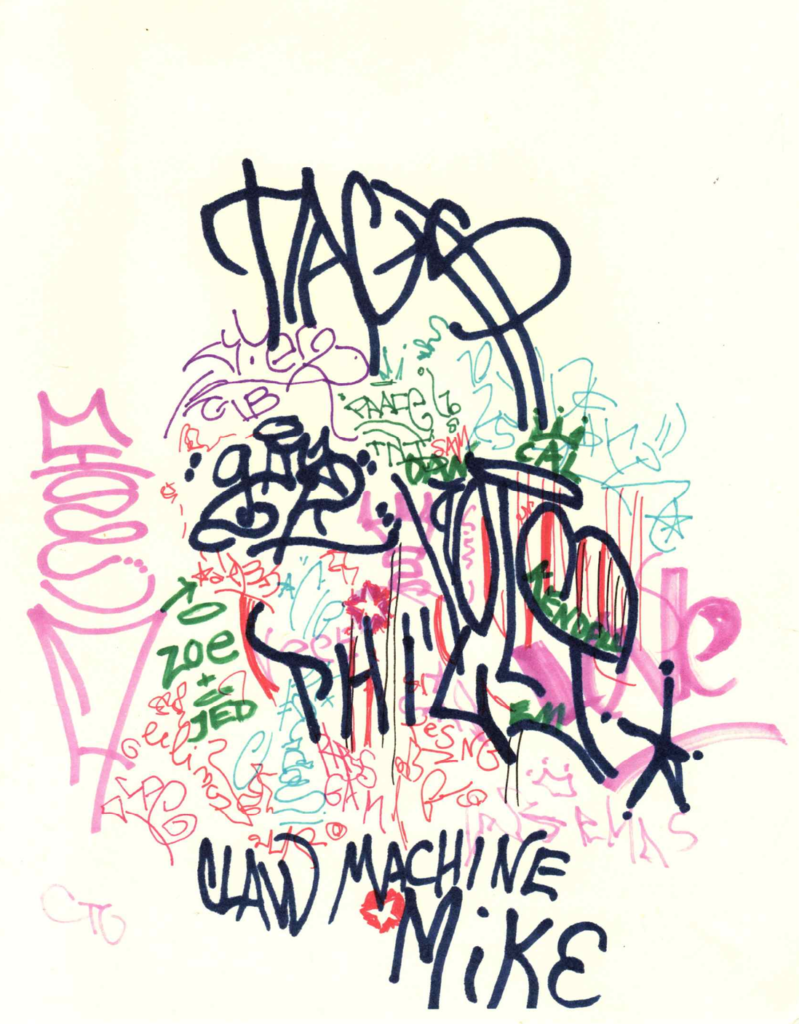

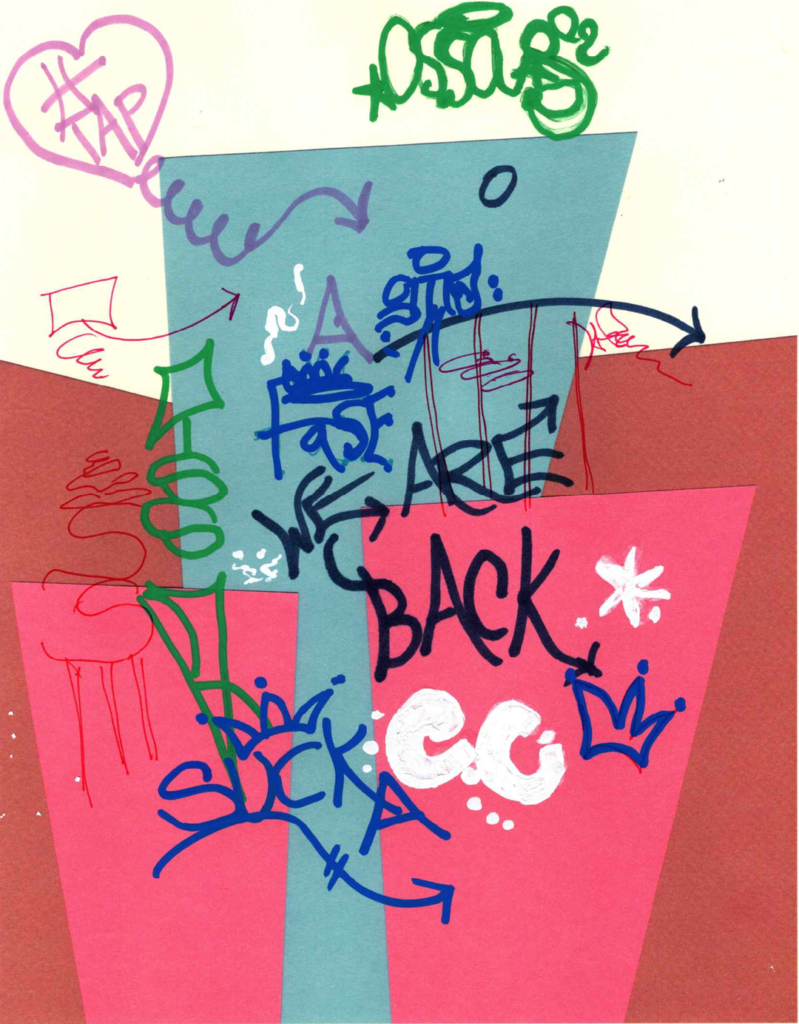

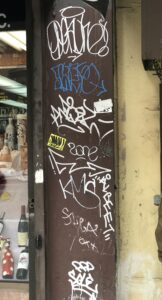
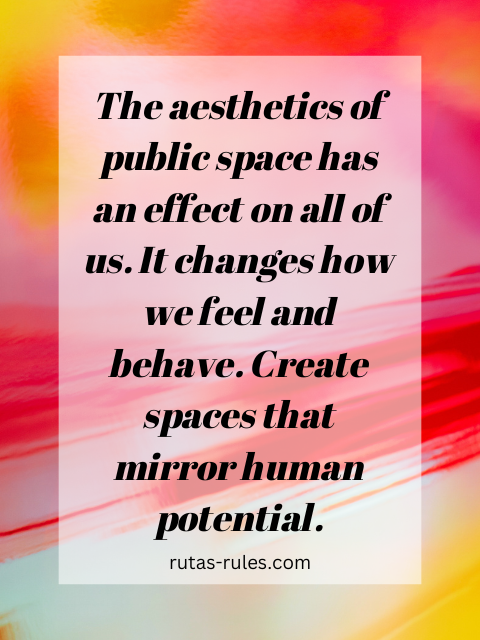
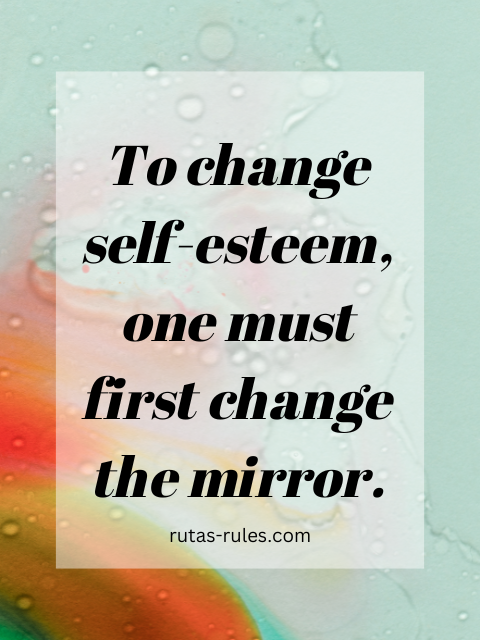
Leave a Reply